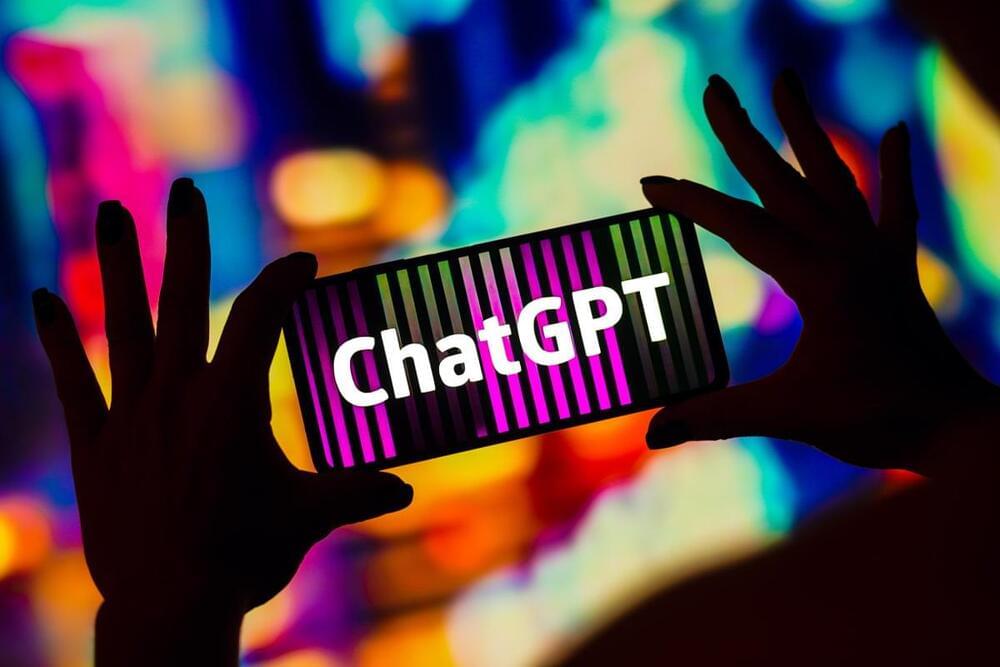Even the scientists who have made quantum computers their life’s work say they can’t do anything useful yet — but the future is bright. Plus, how China’s data privacy laws affects researchers and LIGO is back, better than ever.
Researchers have experimentally demonstrated a new quantum information storage protocol that can be used to create Greenberger-Horne-Zeilinger (GHZ) quantum states. There is a great deal of interest in these complex entangled states because of their potential use in quantum sensing and quantum error correction applications.
Chun-Ju Wu from the California Institute of Technology will present this research at the Optica Quantum 2.0 Conference and Exhibition, as a hybrid event June 18–22 in Denver, Colorado.
Quantum-based technologies store information in the form of qubits, the quantum equivalent of the binary bits used in classical computing. GHZ states take this a step further by entangling three or more qubits. This increased complexity can be used to store more information, thus boosting precision and performance in applications such as quantum sensing and networking.
A critical vulnerability found in a remote terminal unit (RTU) made by Slovenia-based industrial automation company Inea can expose industrial organizations to remote hacker attacks.
The existence of the vulnerability came to light last week, when the US Cybersecurity and Infrastructure Security Agency (CISA) published an advisory to inform organizations. The vendor has released a firmware update that patches the issue.
The security hole, tracked as CVE-2023–2131 with a CVSS score of 10, impacts Inea ME RTUs running firmware versions prior to 3.36. This OS command injection bug could allow remote code execution, CISA said.
At a time when incidents of CCTV Cameras are getting hacked across the world has reached an all-time high, Raxa Security Solutions Ltd, a security company has joined hands with a Bangalore-based IoT cyber security company, Redinent Innovations to address this imperative and serious need.
Automated irrigation systems in the Northern part of Israel were briefly disrupted recently in an attack that once again shows how easy it can be to hack industrial control systems (ICS).
The Jerusalem Post reported that hackers targeted water controllers for irrigation systems at farms in the Jordan Valley, as well as wastewater treatment control systems belonging to the Galil Sewage Corporation.
Farms were warned by Israel’s National Cyber Directorate prior to the incident, being instructed to disable remote connections to these systems due to the high risk of cyberattacks. Roughly a dozen farms in the Jordan Valley and other areas failed to do so and had their water controllers hacked. This led to automated irrigation systems being temporarily disabled, forcing farmers to turn to manual irrigation.
AI agents like Auto-GPT, AgentGPT, and BabyAGI build off of OpenAI’s API to automate tasks. Here’s how to use them.
Forever intrigued by attempting the impossible, we’ve made traveling faster than the speed of light a staple of our works of science fiction. Most science fiction stories feature some way of getting from point A to point B faster than light, whether it’s via activating the warp drive or jumping into hyperspace.
Artificial intelligence (AI) encompasses several disciplines: natural language processing, automated reasoning, machine learning (ML), deep learning, neural networks, cognitive computing, advanced analytics, and data mining, among others. Michela Menting, senior research director at ABI Research, explores the state of AI today and highlights the need to secure LLM models to prevent the risks of the unbridled evolution of AI.
More strictly, AI involves the study and creation of computer systems capable of intelligent behavior, i.e., capable of performing or mimicking cognitive functions that are intuitively associated with human minds, including the ability to learn from the environment, adapt to it, interpret it, make inferences, and solve problems.
If you purchase an independently reviewed product or service through a link on our website, BGR may receive an affiliate commission.
OpenAI CEO Sam Altman recently warned that he has no qualms about removing ChatGPT from Europe if legislation designed to regulate AI becomes law. The legislation in question is the AI Act and includes several provisions that Altman argues are overly broad and overreaching.
“The current draft of the EU AI Act would be over-regulating,” Altman said in remarks picked up by Reuters. “But we have heard it’s going to get pulled back,” he added.









